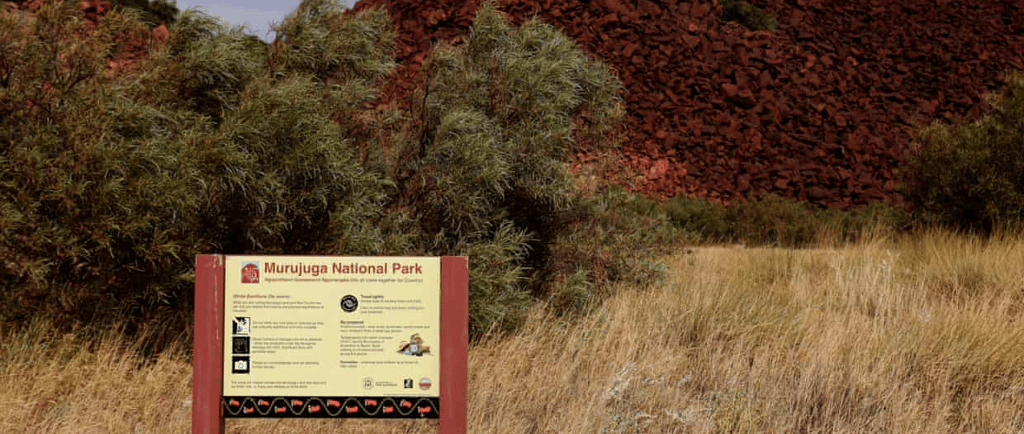When Heritage Meets Industry: What Australia Loses at Murujuga
Explore how weakened protections for Indigenous rock art at Murujuga signal a shift in priorities. This is a look at the science, stakes, and what comes next for heritage, accountability, and trust.
PERSONAL DEVELOPMENT


From the moment you trace your gaze across the ancient petroglyphs at Murujuga, you sense something timeless. These engravings, etched over tens of thousands of years, are among Earth’s greatest cultural legacies. And yet one question now presses louder than ever: how much of that legacy are we willing to sacrifice in the name of economic development?
In recent weeks the Albanese government approved a 40-year extension to Woodside Energy’s North West Shelf gas operations at Karratha, permitting operations through to 2070. What caught public notice was not just the extension itself, but the decision to weaken protections that had been proposed to shield Murujuga’s rock art from industrial emissions. What was once framed as a condition of near-zero harmful emissions by 2030 has been relaxed to much less stringent goals. The shift invites us to consider how heritage and profit are being weighted—and what precedent this creates.
The science is clear and sobering. Multiple studies including the Murujuga Rock Art Monitoring Program (MRAMP) report suggest that air emissions—particularly nitrogen oxides and sulphur dioxide—from nearby industrial facilities are causing accelerated degradation of the rock surface. Rocks closest to the pollution sources show increased porosity—a physical change that affects texture, visibility, and integrity of the engravings. These effects are irreversible. Once those details are lost, they cannot simply be restored. ABC+1
In May the Environment Minister, Murray Watt, proposed very strict conditions: emission levels “above the detectable limit” would not be permitted if they impact rock art, by 2030. Woodside then argued that requirement was not technically feasible—an “effective refusal” of their continued operations after 2030. The government accepted that argument. The final conditions now require a 60 per cent emissions cut by 2030, rising to 90 per cent by 2061, rather than the original plan for near-zero detectable emissions by 2030. The Guardian+2ABC+2
Traditional owners and cultural heritage experts expressed dismay. For them science is not a distant abstraction but an urgent truth: rock art carved into the Burrup Peninsula is part of identity, memory, law, spirituality. When government documents confirm “on the balance of probabilities” that industrial air emissions are already “accelerated and irreversible weathering” of those rocks, it amounts to conceding loss. ABC+1
The government frames its decision in balance: preserving heritage while maintaining the economic activity Woodside represents. Jobs, energy security, export revenue—these are not trivial concerns. Nor is there disagreement that we live in an energy-hungry world. But the softening of conditions signals something more: a choice, subtle but real, that industrial and economic imperatives may override the urgency of heritage protection.
To be sure there is value in compromise. The final decision imposed 48 conditions, including requirements for continuous emissions monitoring, annual reporting, and adherence to air quality objectives informed by MRAMP. Yet these are shadowed by what they do not do: they fall short of the original target. They accept that some damage will continue. They defer full accountability to future scientific standards. They shift some of the burden of proof away from industrial operators. And they push critical protections far into the future.
This matters not just for Murujuga but for how societies value heritage. When ancient engravings are acknowledged to be under threat, but the mitigation measures are weakened because of industry resistance, what signal does that send? That heritage is flexible. That cultural loss is acceptable collateral. That long-term protection can be traded for short-term convenience.
Here is the takeaway that matters: when governments accept softened commitments under pressure, heritage becomes ever more vulnerable. The people of Murujuga—its custodians—deserve protections that reflect the weight of their cultural inheritance. Future generations deserve to see those engravings, touch them, learn from them. We cannot promise perfection, but we can demand that promises are kept to the fullest possible degree, especially when the scientific evidence points strongly in one direction.
TMFS stands firm on this: heritage and economic progress need not be enemies. A nation’s cultural foundations are what allow its economic structures to endure. When heritage is undermined, trust erodes. When trust erodes, decisions that affect environment, culture, and communities lose legitimacy.
We call on government and industry to act with honesty and humility. Let the MRAMP findings drive binding standards. Let emissions reductions be as ambitious as science demands. Let traditional owners’ voices be central to decision-making. Let this moment become a turning point—not a precedent for compromise, but a regeneration of commitment.
All rights belong to their respective owners. This article contains references and insights based on publicly available information and sources. We do not claim ownership over any third-party content mentioned.
